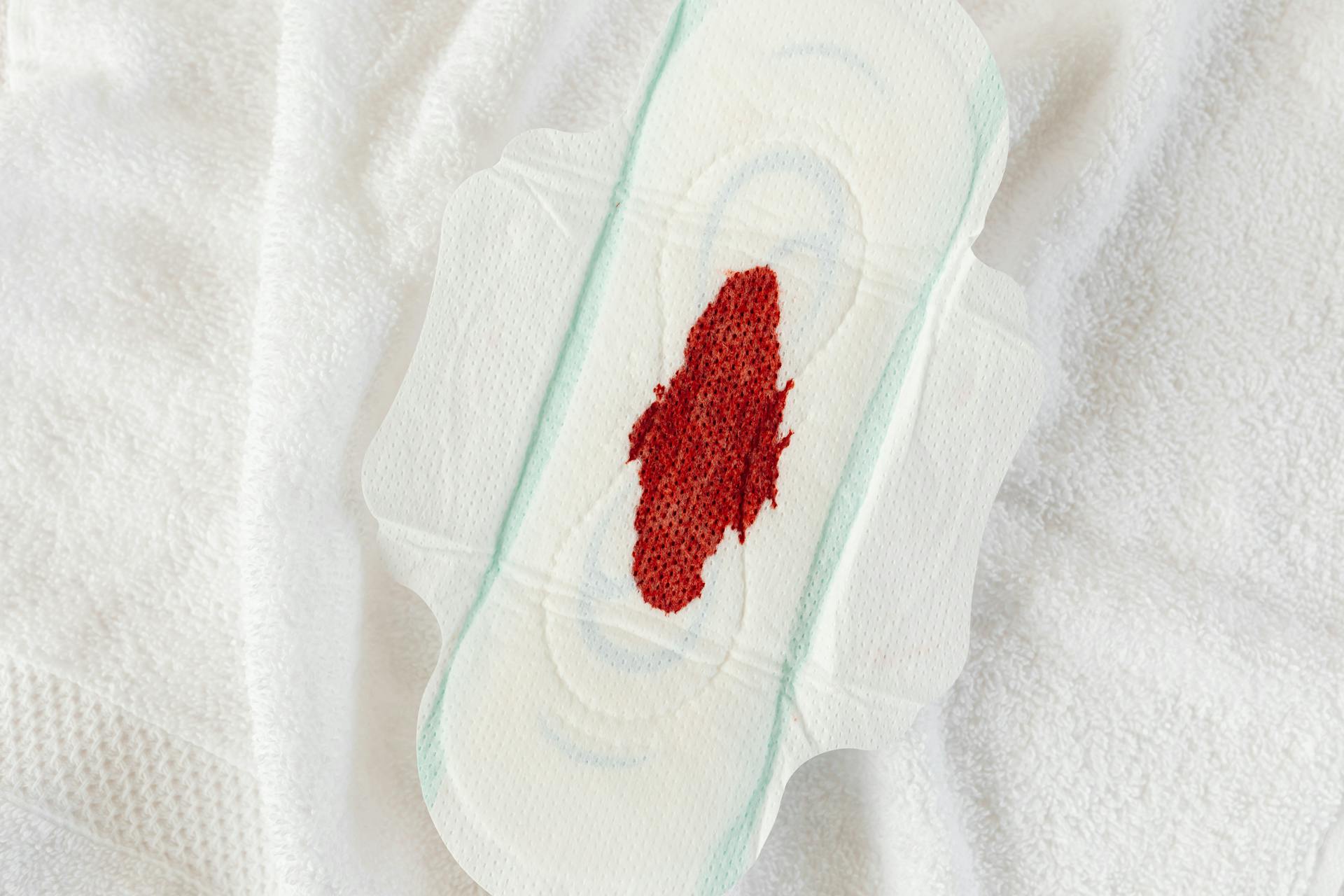
If you’re a pet parent of a cat with diabetes, you know how important it is to check their blood sugar. It needs to be regulated; otherwise the cat can become very sick. But checking the blood glucose levels of cats may not be as easy as dogs since they are not usually as amenable to the poking and prodding of pricking their paw to draw blood. With that said, there is still a way to get the job done.
One way to check your cat’s blood sugar is through a home blood glucose monitor (BGMs), also known as glucometers. The same technology that diabetic humans use can be used for our feline friends too. While there are no BGM product lines specifically made for cats, an FDA-approved human GBM can successfully and safely be used on them too because cats have nearly identical glucose levels compared to people. Before you purchase one, it’s important to talk with your vet and make sure you get one that has the features capable of handling cats' smaller blood samples.
The most common type of GBM involves drawing a drop of blood from their ear using lancets and applying it onto a test strip inserted in the monitor and then get an immediate reading. While this technique may sound jarring, cats can actually learn how to accept getting pricked without being traumatized- just like humans can with their fingers! It just might take some training and positive reinforcement such as treats or rewards let them know when they behave correctly or when they accept having their ears pricked without becoming frightened or aggressive. Thankfully these devices are quite simple allowing pet owners without any medical experience or assistance from professionals quickly get accurate readings in the comfort of their own homes in a matter of seconds.
Another option is having your vet do it during regular check-ups preferably every three months unless instructed differently by medical professionals managing your cat's diabetes care plan. Your vet will typically draw some blood from one of your cats vein in order to gather more detailed results than what home glucometers allow for but will take significantly longer than point of care testing due to lab wait times for results. Although this method doesn’t require BGMS at home both should work together complementing each other so you always have an eye out on your furry companion's health!
Expand your knowledge: Blood Sugar Levels for Dogs with Diabetes
How can I safely monitor my cat's blood sugar levels?
Having a pet with diabetes can be stressful for any owner. Fortunately, with the advancement of technology, you can now monitor your cat’s blood sugar levels safely. Here are some tips to ensure you are checking their blood sugar levels without putting them in any danger.
First, before you begin routinely monitoring your cat’s blood sugar levels, make sure to go to your vet and get a comprehensive lesson on the proper technique for testing their glucose level. It is important to do this under supervision as a wrong technique in taking the sample may result in an incorrect measurement. Ensure that everyone handling the process (for example, if both you and a partner monitor it) undergoes the same instructions and technique so that each reading is as accurate as possible.
It is also recommended to choose a meter specifically designed for use with cats or other small species so as to accurately read the results within 10 seconds. These testing meters also contain protective covers for the needles which helps prevent infection and make sure that used needles are properly disposed of once finished with testing. Additionally, there are sophisticated meters available that allow users to save tests while tracking a pet’s measurements over time, making it easier when comparing data over long periods of time.
By following these steps, you can rest easy knowing that you can safely and accurately monitor your cat’s blood sugar levels without causing them any harm. Regular monitoring is important for maintaining optimal health if your pet has diabetes– so make sure to take all proper precautions like these before testing begin!
A unique perspective: Dogs Eating Sugar
How do I prepare my cat for a blood sugar test?
Having your cat undergo a blood sugar test can be nerve-wracking for pet owners, especially if it's their first time. However, by following some basic steps and preparing correctly, the experience can be relatively stress-free – for both you and your feline.
The first step you should take is to make sure that your cat is well rested and relaxed leading up to the procedure. In order to achieve this, it’s best to avoid excessive stimulation the morning of such as intense playtime or loud noises. On the day of the testing sleep in with your pet so that you can feed them immediately before leaving for the appointment. You should also avoid giving small meals before leaving in order to better establish an accurate reading.
If your cat has a tendency to get anxious while being handled or travelling, consider lightly wrapping them in a towel which has been warmed in a dryer prior so they feel more secure. You can also try feeding them treats along the way as a distraction or reward for their patience throughout the appointment.
Finally, it’s important to be positive while preparing your cat for their blood sugar test as cats are sensitive creatures who feed off their owner’s energy levels. A calm and confident attitude from yourself will help make this experience as smooth as possible.
Explore further: Test Cat Blood Sugar
Are there any home remedies to lower my cat's blood sugar?
For many cat owners, a pet's diabetes diagnosis can be a frightening and overwhelming experience. Diabetes can be controlled through diet and in some cases, medication, however there are steps you can also take at home to help keep your cat’s blood sugar in check.
The most important thing to remember is to monitor your feline friend’s daily glucose levels and consult your veterinarian regularly to make sure the diet adjustments and home remedies you administer are working or may need adjusting.
One of the first steps to consider is feeding your cat multiple small meals throughout the day instead of one or two large meals. This will help keep the blood sugar level more stabilized throughout the day. You should also switch your pet’s food from foods with high-carbohydrate ingredients such as wheat gluten, brewer’s rice, and corn to ones that are high in protein and low carb such as beef, poultry, and salmon. Your vet may recommend natural herbs that have anti-diabetic properties such as Gymnema Sylvestre, Cinnamon extract or Alpha-Lipoic Acid which have proven benefits for managing diabetes in cats.
Finally, regular exercise is important for keeping cats’ blood sugar levels under control. If suitable outside space allows for it – involve your cat in some outdoor activities such as jogging or playing fetch; if not - buy him/her some interactive toys like laser pointers and feathers on a stick which will provide ample opportunity for physical activity indoors while exploring their instinctual desire to chase prey. Keeping your furry pal happy will help reduce stress levels which can further aid in managing their diabetes.
What complications can arise if my cat's blood sugar is too high?
High blood sugar, or hyperglycemia, in cats can be a warning sign of numerous health issues and can create some troubling complications if left untreated. Cats, like humans, can be diagnosed with diabetes which causes the blood sugar level to become too high. Diabetes is caused by an insufficient production of insulin, which regulates the amount of glucose the cat’s body absorbs.
If your cat has high blood sugar, they may start exhibiting symptoms such as excessive thirst and urination and weight loss or gain. The long-term complications can include feline ketoacidosis which is a life-threatening emergency and is caused by an excessive release of hormones in response to too much glucose in the blood. Furthermore, cats with high blood sugar may develop dangerous infections due to their weakened immune systems and are at higher risk for other diseases as well such as pancreatitis and bladder problems.
Of course, not all cats with elevated sugar levels will experience immediate serious complications but it is important for owners to be aware of the signs that could signal a potential issue. If your cat suddenly experiences a change in behavior or general appearance it would be wise to take them for a checkup at a veterinarian where they will conduct tests on your pet to determine if there is an underlying problem that requires medical attention.
Sources
- https://veterinarysecrets.com/treat-cat-diabetes-home-top-5-holistic-options/
- https://www.mymoggy.com/how-to-check-cat-blood-sugar/
- https://www.youtube.com/watch
- https://www.petmd.com/cat/conditions/endocrine/c_ct_high_blood_sugar
- https://www.petmd.com/cat/emergency/common-emergencies/e_ct_diabetes
- https://www.petmd.com/monitoring-and-managing-glucose-levels-dogs-and-cats
- https://www.wikihow.com/Check-Blood-Sugar-of-a-Cat
- https://www.youtube.com/watch
Featured Images: pexels.com


